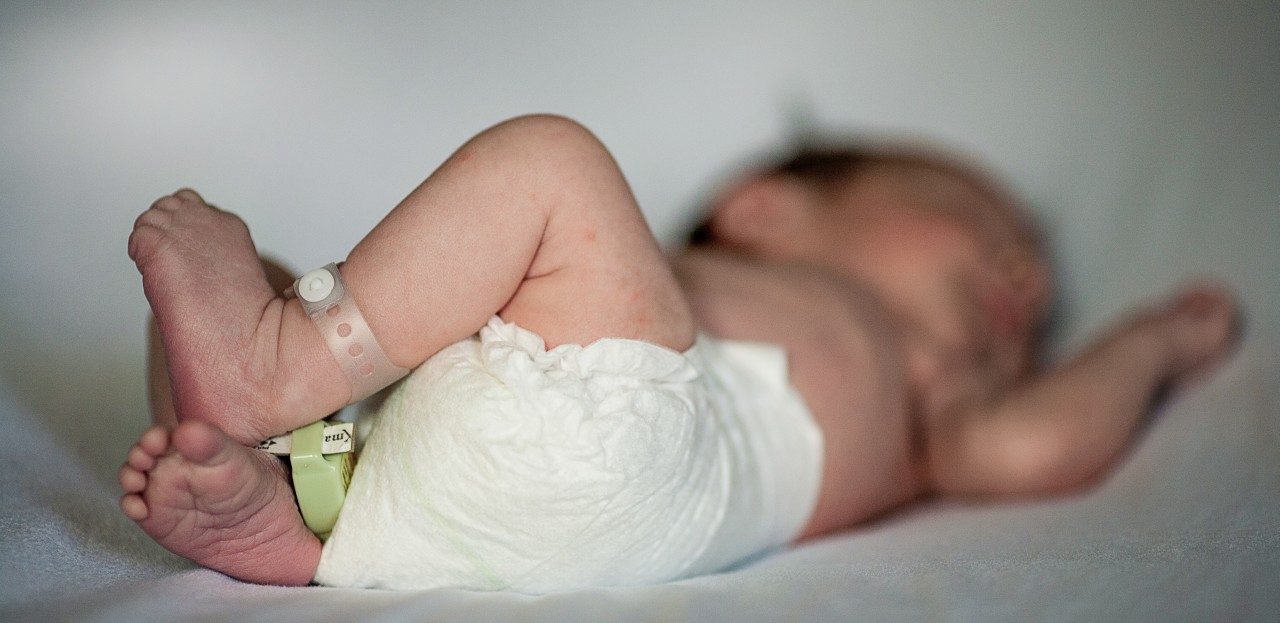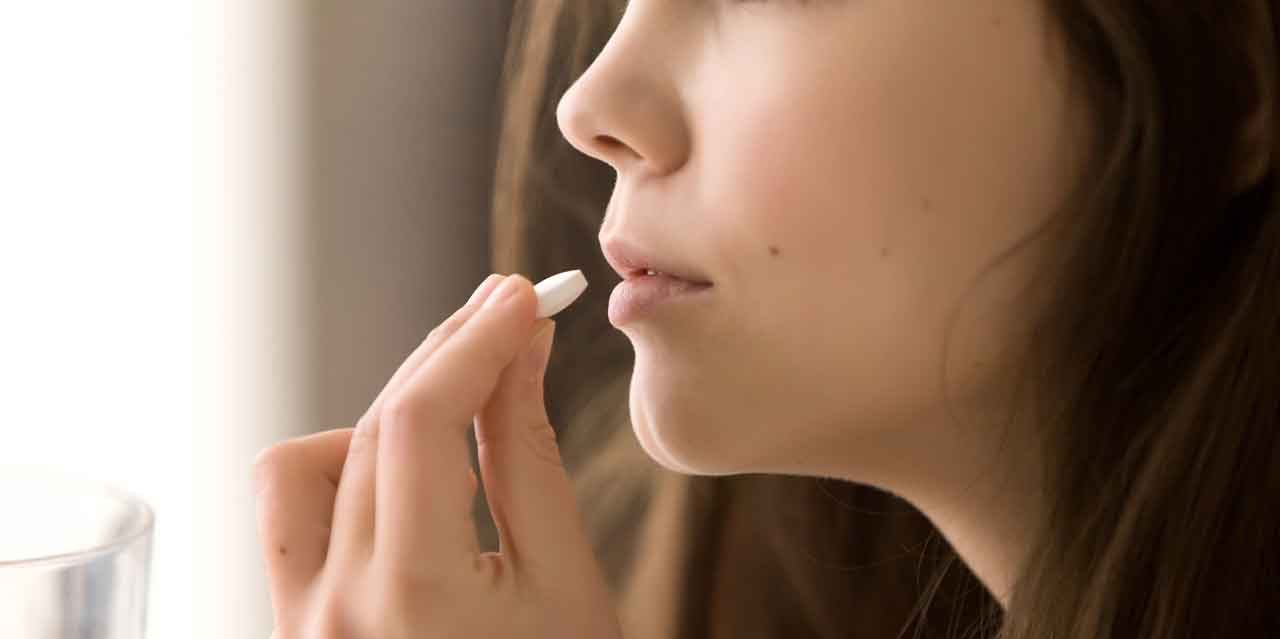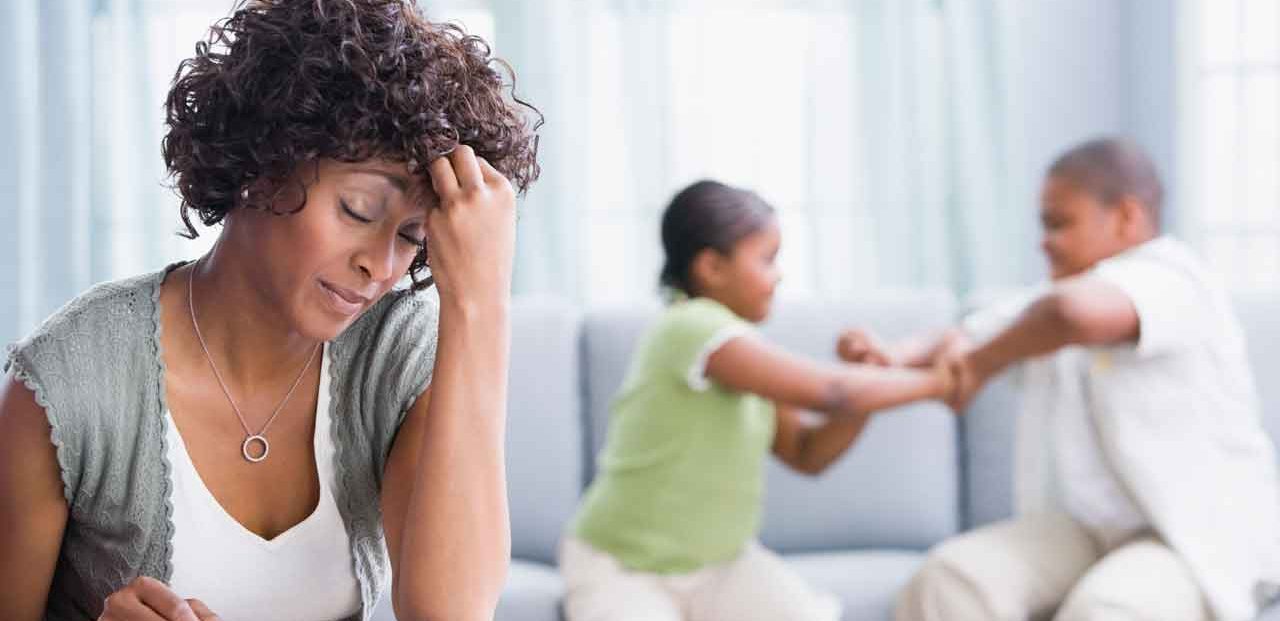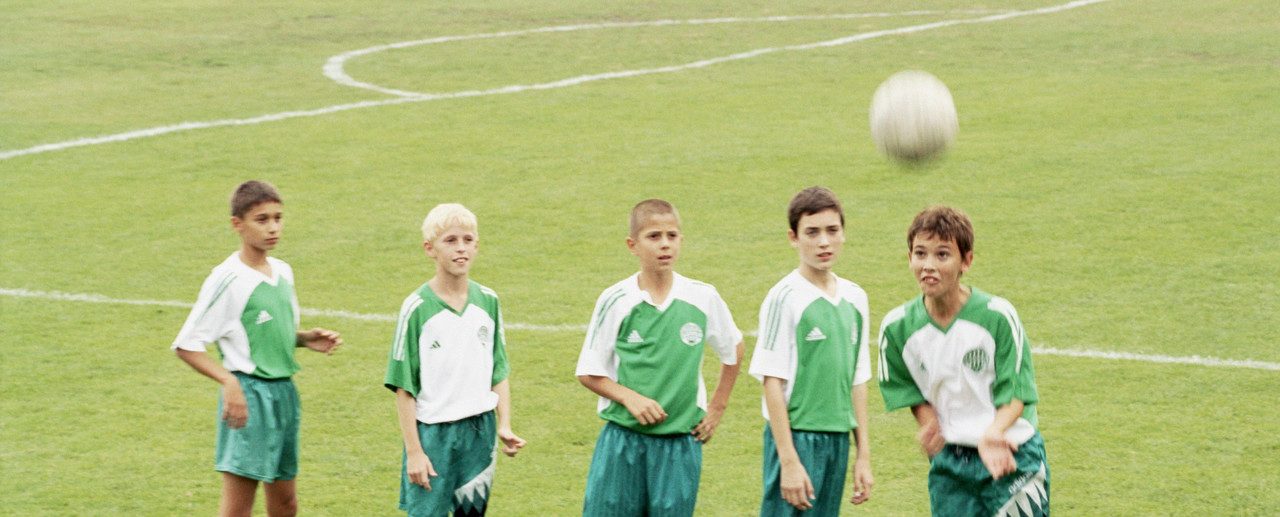February 23, 2018
Ensuring Safe Sleep for Your Baby

What is the safest place for newborns to sleep at night?
It is estimated that 3,500 babies die every year in the United States from sleep-related causes, especially sudden infant death syndrome (SIDS). Furthermore, this number has increased in recent years, suggesting the need for considering new guidelines for parents and caretakers.
YOU MIGHT ALSO LIKE: Why Face-to-Face Interaction Matters to Babies
What are the AAP sleep guildlines for babies?
To this end, the American Academy of Pediatrics (AAP) has issued new guidelines on how to create a safe sleep environment during the first year of life. The core recommendations are as follows:
• Babies should be placed on their back.
• They should be placed on a “firm sleep surface” like a crib or bassinet – and never on a soft cushioning such as found on a sofa.
• The sheet should fit tightly.
• Do not have anything soft in the crib or bassinet, like blankets, pillows, crib bumpers, and soft toys – in fact, the crib should be bare.
• Babies should be in the same bedroom as parents for at least the first six months, and ideally the first 12 months – BUT NOT in the same bed.
• When your baby is taken out of the crib or bassinet for feeding or other reasons, be sure to place him or her back in his or her own sleeping space.
There are other recommendations offered in the AAP report, such as avoiding the baby’s exposure to smoke, alcohol and drugs, offering a pacifier at nap time and bedtime, and avoidance of home monitors and the like that are purported to reduce the risk of SIDS.
Of course, some of the suggestions may pose practical difficulties for parents. Some may ruffle feathers and seem unfeasible or uncomfortable. But bear in mind that all the suggestions are offered by the AAP because of documented reduction of risk; for example, the report suggests that having a baby in the same room as parents can cut the risk for SIDS by up to 50 percent. They are offered simply to help keep babies safe while sleeping during the first year of life.


